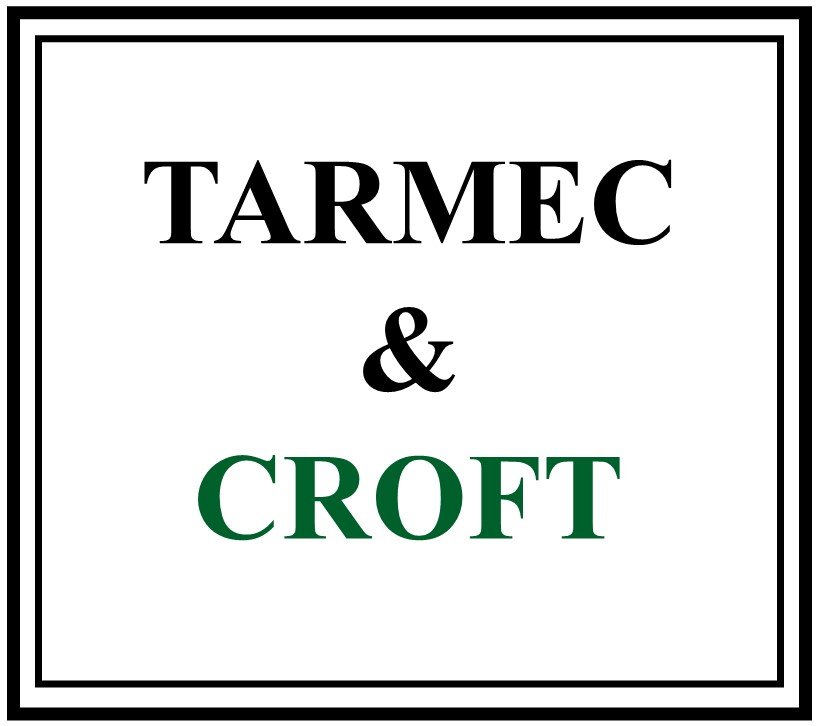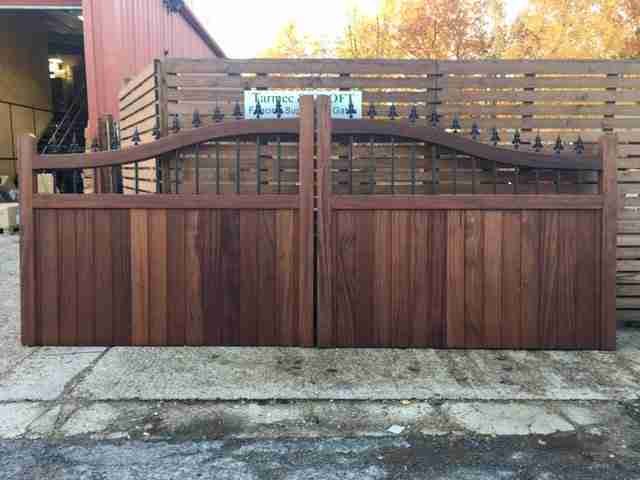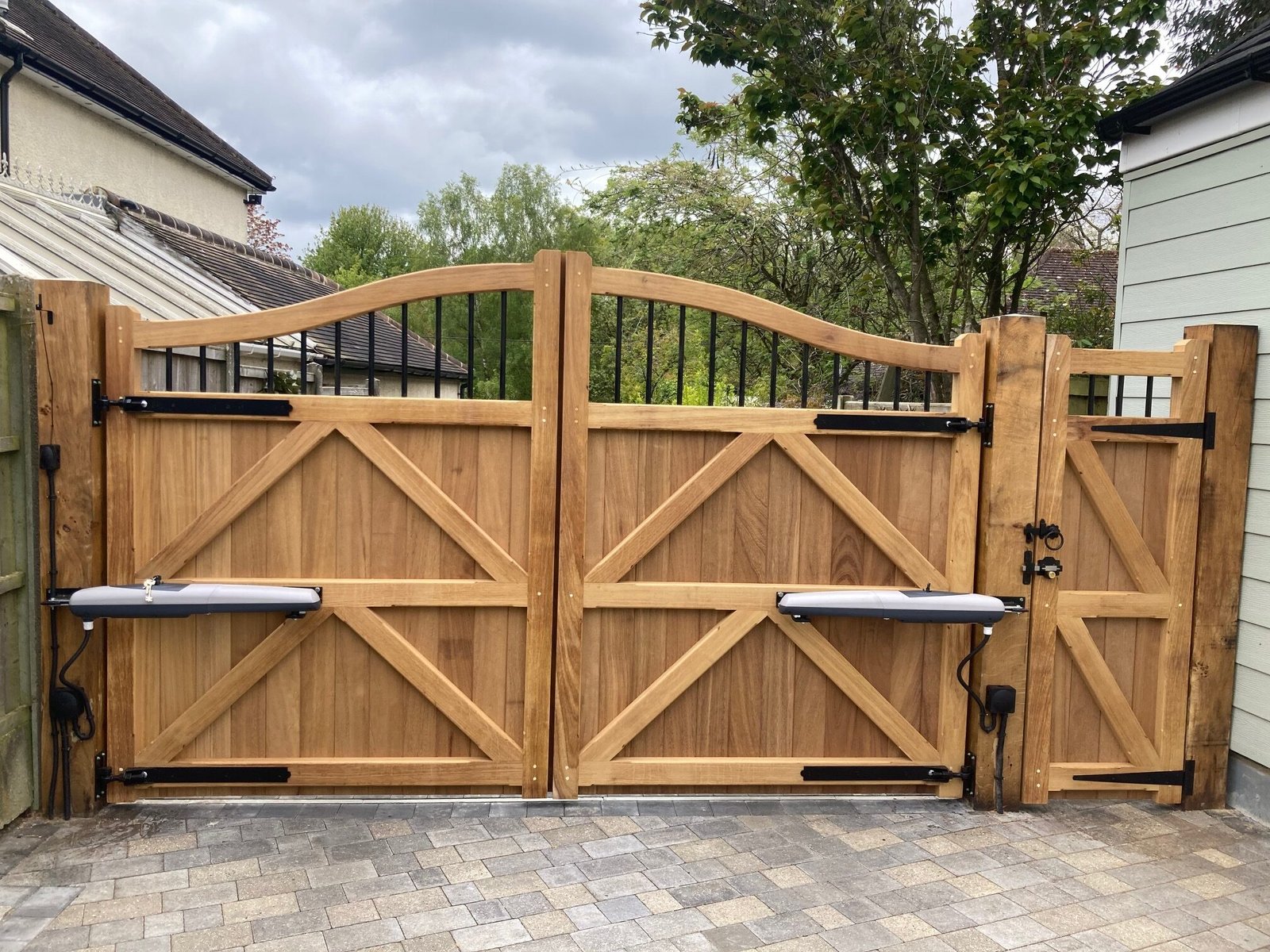Wooden Gate Security
“Gates are vital protection for a house and if kept secured can deter burglars from commiting a burglary” – Metropolitan Police Website 2013
We know increasing security to the rear of a property is one of the main reasons people order new gates, so this page explains a little about the different types of gates and the security features you can add to your wooden gate to act as a deterrent to intruders.
Wooden Gate Strength
The strength in a gate is given mainly by the thickness and design of the backing rails, or frame, of the gate rather than the facing material (the timber visible from the front).
Below are two types of basic garden gate. You can see that they both look the same from the front, but one has a much stronger backing frame design than the other.

When choosing a gate also look at the size of the timber used for the backing rails as this determines how strong and therefore how difficult it would be to break the side gate. The joints in the both the above types of basic gates are usually simply screwed together which is fine for a basic gate design.
In both of these wooden gates the top open grain of the facing material (as you look down on the top of the side gate) is exposed to the elements. This part of the timber is most likely to take in water over time as the grain is less dense). This is why when you have a rotting gate you usually see the timber rotting around the top and corners first.
The next level of gate up from this would be one which is manufactured using mortise and tenon joints as shown below. A good quality gate of this type should also be hardwood dowelled. All of these joints should be glued with a suitable wood glue which will form a stronger bond when dried, than the timber itself.
In the gates above the frame has been manufactured first with a rebate for the facing material, then the tgv boarding slid into the channels at the sides and top of the gate, meaning the open grain of the tgv will not come into contact with water. The tgv facing is now set slightly back from the main frame of the gate. This increases the life of your gate.
Most well made gates will use this method although some manufacturers still manufacture a frame and face fix within this frame so that the tgv finishes flush with the frame, which does not provide such a weather-tight finish.
Locks for Wooden Gates
Gates are usually secured with a sliding pad-bolt, these are designed to be used with a padlock but many people don’t bother to padlock and unpadlock their gate especially if it is well used. Burglars can easily reach over and unlock the gate themselves. Fitting a pad-bolt at the top and bottom can prevent this as.
Alternatively a Long Throwgate Lock can be fitted which allows only keyed access from either side of your gate similar to a Yale lock on a front door. These locks can also be used on double gates and Integrated letterboxes can be fitted to add security to your mail.

Hinges for your Wooden Gate

Security Strips

Or simply go for a gate design less encouraging to climb!

Condition of your gate
Automation





